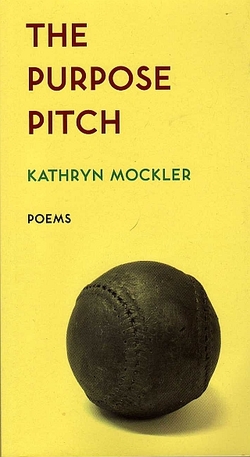
Alfred Jarry’s founding definition circa 1900 of ’pataphysics as “the science of imaginary solutions” that “will explain the universe supplementary to this one” has been supplemented many times, recently by Christian Bök as a joyful perceptual set that “thrives wherever the tyranny of truth has increased our esteem for the lie and wherever the tyranny of reason has increased our esteem for the mad.” Canadian literature got its first glimpse of what a ’pataphysical imagination could produce in 1970 with bpNichol’s hilariously sobering The True Eventual Story of Billy the Kid in which nearly all of the historic Billy was displaced by a ‘supplementary’ Billy who vividly and cryptically enacted the cultural symbol he has become. Nichol went on to produce four collections of mostly ’pataphysical texts: Love: a Book of Remembrances, Zygal: A Book of Mysteries, Art Facts: A Book of Contexts and Translations, and Truth: A Book of Fictions.
Jarry had gone on to explain, “Why should anyone claim that the shape of a watch is round—a manifestly false proposition—since it appears in profile as a narrow rectangular construction, elliptic on three sides; and why the devil should one only have noticed its shape at the moment of looking at the time?” – unknowingly foreshadowing the elliptical and otherwise distorted watches and clocks of 1920s Surrrealism, images also from supplementary universes. Often the “mad” vision of things is closer to our experiences, alas, than is the “rational” or official one. One stark portrayal of this is the long flarf poem “April 30 - May 31 2014” in Kathryn Mockler’s new collection, The Purpose Pitch. The poem is constructed of 67 brief and bureaucratically factual official reports of sexual assaults on women in various countries. Despite that variety, the diction of the reports is depressingly – absurdly and surreally – uniform. But what each local report treats as a routine and contained event becomes through the poem a mad crazy global orgy of both bureaucratic and misogynist violence.
Mockler’s The Purpose Pitch contains many impressive – and purposeful – works of ’pataphysics. Her poem “Harper” – like Nichol’s portrait of Billy the Kid – exemplifies the power and ‘truth’ that an imaginary, ahistoric portrayal of a public figure can deliver, and thus the cultural work that the ’pataphysical imagination can perform. Here’s an excerpt from part 4:
 RSS Feed
RSS Feed